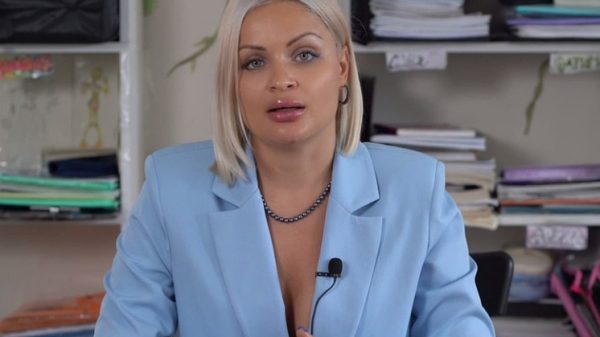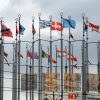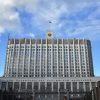Banks are going to use ATMs for currency exchange. Such services are most relevant for credit institutions with a minimum number of offices or none at all; for banks with a developed network of branches, the benefits of providing the service are not obvious. Selling currency through ATMs is advisable for banks during periods of excess dollar and euro cash.
A new service — currency exchange through ATMs — was launched by Tinkoff Bank, the credit institution reported. As a result, the bank client can receive cash dollars and euros, and the funds will be debited from his ruble account at the internal rate. In this case, the most favorable exchange rate will be during the opening hours of the Moscow Exchange, however, it will also differ from the exchange rate. During this period, “the spread on dollars is plus 1% to the exchange rate, and on euros – plus 3%,” the bank noted. In addition, they explained that the currency exchange service is available to bank clients throughout Russia only at its own ATMs, which issue dollars and euros, the share of which currently accounts for about 20% of the entire network.
As a source in the banking market told Kommersant, another large bank plans to provide a similar service in the near future. “Unlike Tinkoff, this bank has branches, but currency exchange at ATMs, according to the credit institution’s plans, will be able to make this service noticeably more accessible to its clients,” explained Kommersant’s interlocutor.
Until March 2022, a number of large Russian banks allowed funds in foreign currency to be withdrawn from their ruble accounts. However, after currency restrictions introduced by the regulator, they abandoned this service. As VTB reported, the bank previously provided such a service at ATMs and cash desks, but then transferred currency exchange only to cash desks.
According to the Central Bank, in July 2023 the population switched to net sales of foreign currency against the backdrop of a weakening ruble. Already this month, net sales through the largest banks amounted to RUB 28 billion. In August, net sales of the “toxic” currency of citizens in the largest banks reached 64.1 billion rubles. Experts believe that the demand from citizens for the unfriendly currency has recently recovered. As reported by Russian Standard Bank, in September the number of cash purchases of dollars was 2.8 times higher than sales, and the number of euros was 19% higher.
As bankers note, banks with a developed branch network are unlikely to be interested in the currency exchange service through ATMs, since it requires costs for updating the software, collection and a number of other issues that will not necessarily pay off. “People are used to buying currency at a branch — there you can order the required amount and be sure that it is waiting for the client at the right time, you can request an exchange so as not to receive the entire amount only in large bills, you can ask for the exchange rate in advance,” explains one of the interlocutors “ Kommersant.
At the same time, this step is logical for Tinkoff. The head of the Association of Participants in the Electronic Money and Money Transfer Market, Viktor Dostov, notes that Tinkoff “as a bank without offices is losing income from cash currency exchange operations, and such a decision will allow it to enter this market.” “After the Central Bank allowed banks to sell not only the currency it bought after April 9, 2022, in early September, credit institutions began to actively trade in excess cash dollars and euros through branches, which was not available to Tinkoff Bank,” says another Kommersant source.
In turn, the head of the board of the Financial Innovations association, Roman Prokhorov, suggests that the bank probably conducted a study of the demand for the service, but its target clients are not very obvious. In addition, the question remains where Tinkoff “plans to take cash foreign currency for such operations, because it cannot buy it from clients — there are no cash registers,” he points out.
























































Свежие комментарии